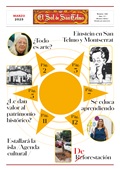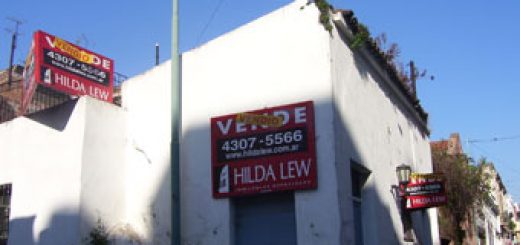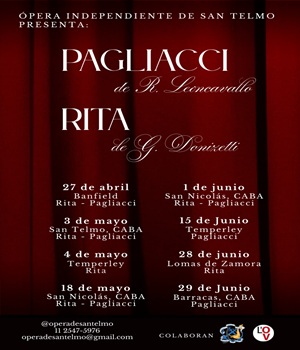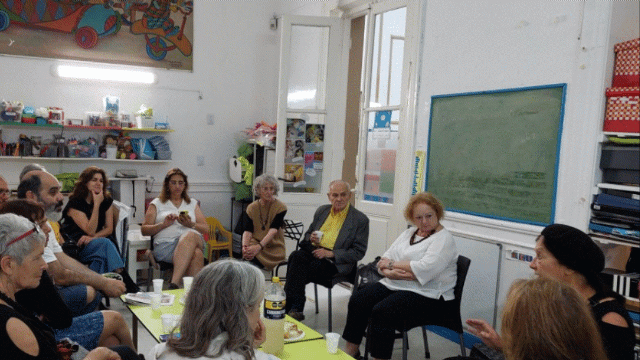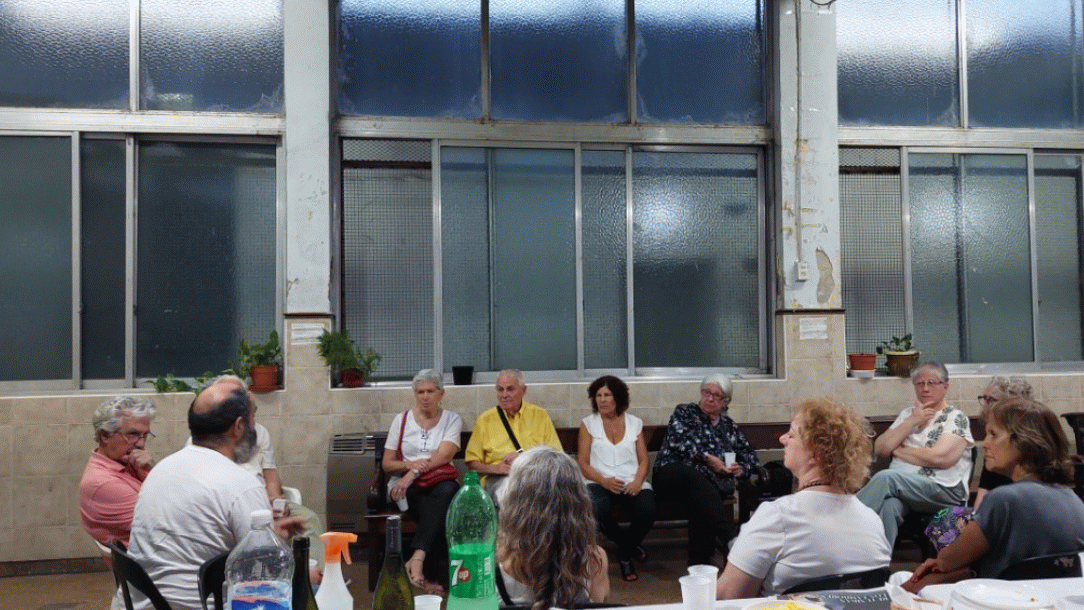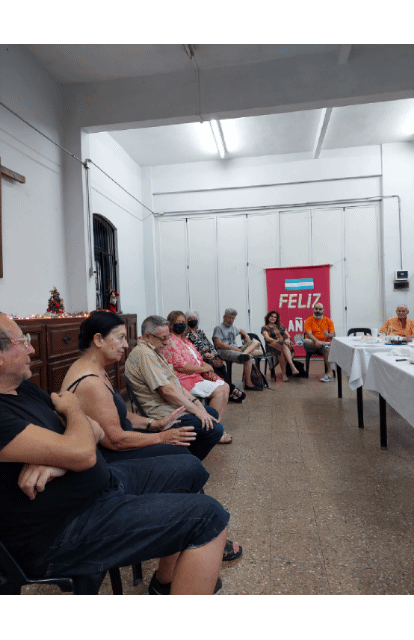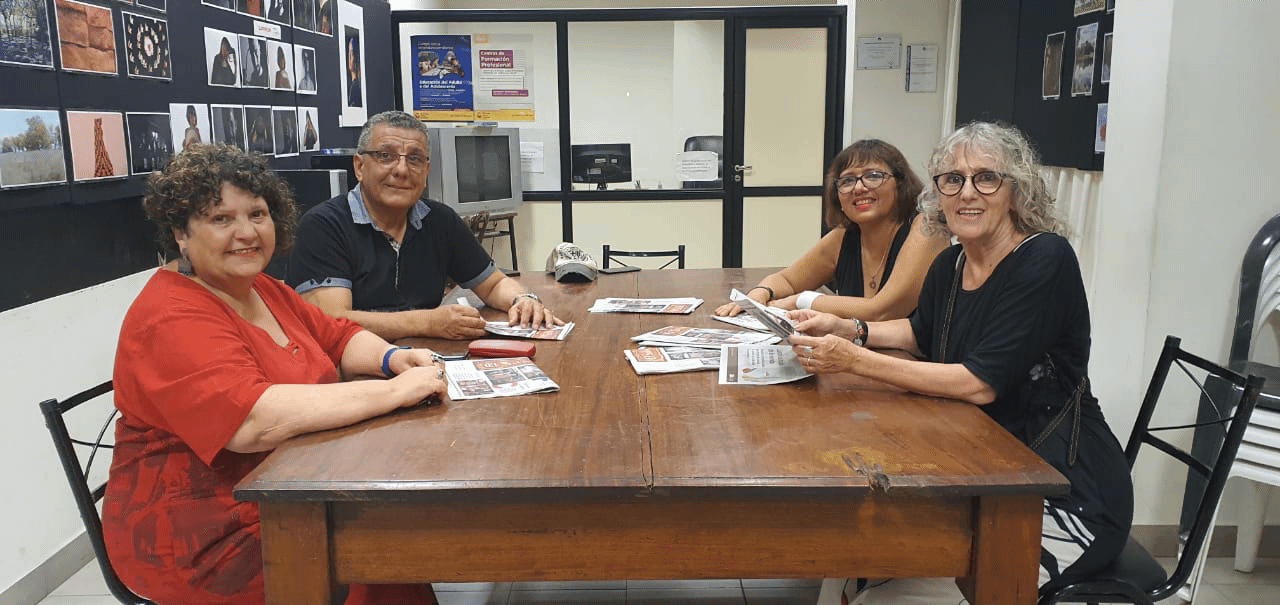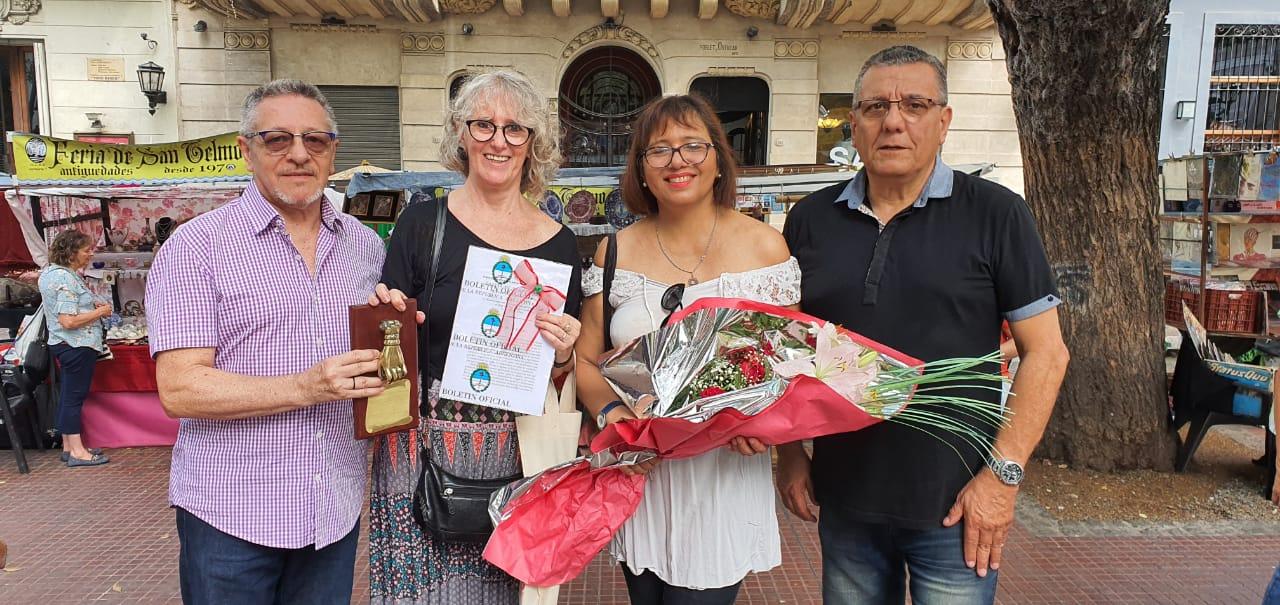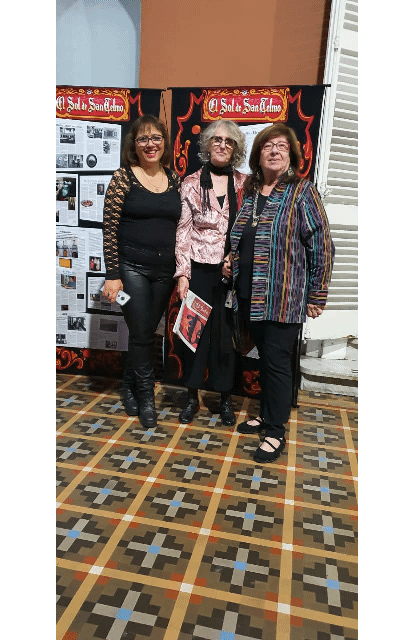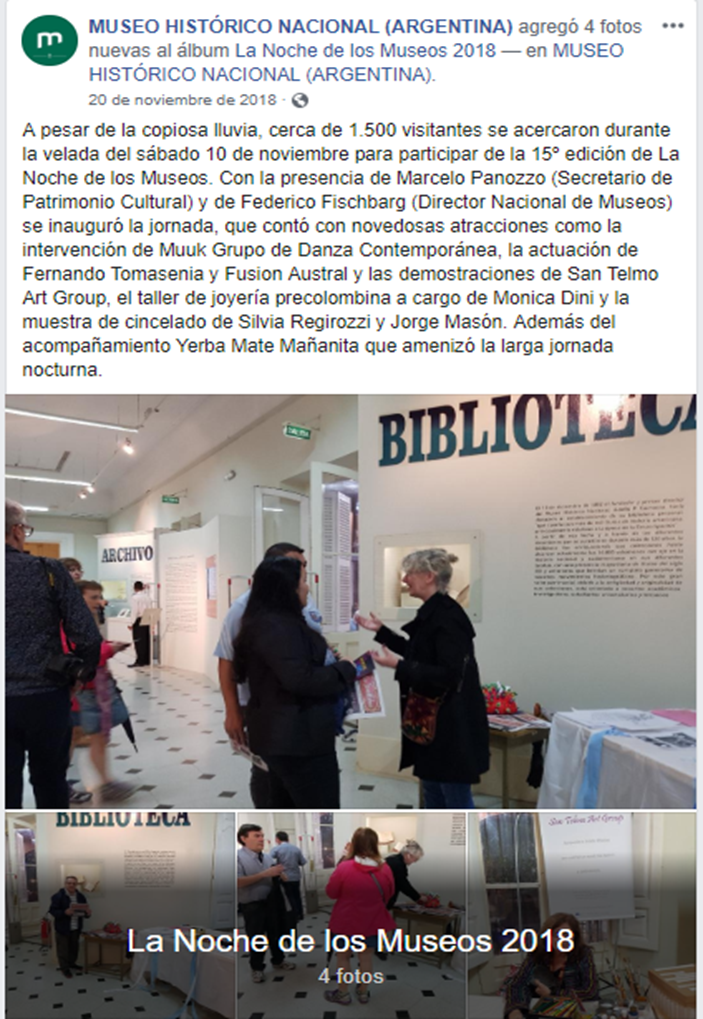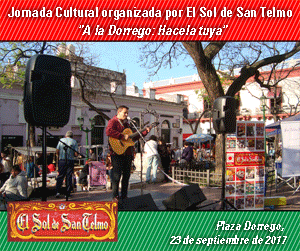San Telmo Translated: Who Cares for San Telmo’s Aesthetics?
First, let’s describe the San Telmo that once was: beautiful, intense, rich with creativity, home to hundreds of designers and artists. Though it seems unbelievable, only three years ago San Telmo hardly resembled the Sunday anthill of people today, especially for those who know that the neighborhood exists beyond Plaza Dorrego.
During these three years, “San Telmo ¿qué hay de nuevo?” was born, a festival of art, music and design in the Historic District, though the national media was hesitant to admit that something like this could be born in this “dangerous and dark” neighborhood.
Those were days when a few daring businesses moved in: antique shops, timid boutiques and design stores that were harrassed to stay off our most exclusive street: Defensa. There were some six art galleries and 40 bars and restaurants, a few already serving the “fusion” cuisine where portions of rice were renamed “timbales.” But these initial ripples became waves.
Later came the real estate market; Buenos Aires’ demographic growth; bohemian Argentines or lovers of architecture and neighborhoods with soul; foreigners enchanted by the history and magic of the area—aided by the exchange rate; and entrepreneurs looking for new prices and spaces accompanied by a media that became increasingly friendly. San Telmo became a fashionable neighborhood.
The last three or four years feel like twenty if we measure them by the changes that have taken place: there are now 35 contemporary art spaces, 40 design stores and more than 130 bars and restaurants in less than 70 square blocks.
“Diversity and art are part of San Telmo’s particular magic,” is what the guidebooks say. But it’s the history and aesthetics of these new spaces and restored buildings that make this neighborhood so desirable.
Aurelia is from France, Jorge from Mendoza. Both returned to San Telmo after being away for a year and both had the same reaction: there are an increasing number of businesses here that are identical to those in other neighborhoods; more window displays of the same clothes, and the list goes on.
San Telmo has something that attracts Argentines and foreigners alike: San Telmo. But the clock is ticking. Maybe we should take better care not to cross the delicate line of losing our identity, a line that tends to get confused with the word «progress.»
In many cases it’s a simple matter of good taste. Of course a new business will open because it’s promising financially, but if that business builds on the aesthetics and flavor of the area, their prospects will be even more promising, or at least for a longer time.
It’s not necessary to be a shop founded decades ago to preserve this flavor, such as the bar La Coruña, where young and old people alike can breathe the air of San Telmo’s past and present. The bar El Federal has only been operating for six years under its current owners, but it’s one of the most “classic” spots in the area to sip a coffee or some cider on tap. As are places like Todo Mundo, Aconcagua, El Caracol. Or even, among the most recent additons, the resto-bar Las Mazorcas, which opened just three months ago but invested in creating an atmosphere that combines old-fashioned elegance and informality. And that effort is paying off, because the locals, who according to owner Diego Maizel, are “very protective of their neighborhood” are already becoming regulars. And it’s the locals and not the tourists who ultimately determine whether a business will be incorporated into the socio-economic fabric of the neighborhood, or if it will remain empty during the week.
It’s not necessary to have exposed brick walls or a crystal chandelier in order to build upon San Telmo’s aesthetics. It’s about recognizing that we share the Historic District of one of the most beautiful cities in the world, and like the majority of historic districts, businesses and developers should understand that their profits will only last if they respect a certain logic of good taste and responsibility.
And there are many business owners who, even with a contemporary style, respect San Telmo’s beauty. Sometimes, but not always, at a cost—as if they understood the principle of good taste from the beginning, when they chose neighborhood.
Others simply throw up store windows that beg to be fined for imposing such a lack of sensitivity for the aesthetic standards and harmony of the neighborhood.
This is where the well-known saying applies: “There’s no written formula for good taste.” And that’s as it should be, but on the other hand there is plenty written about preserving Historic Districts tastefully.
—Nora Palancio Zapiola
